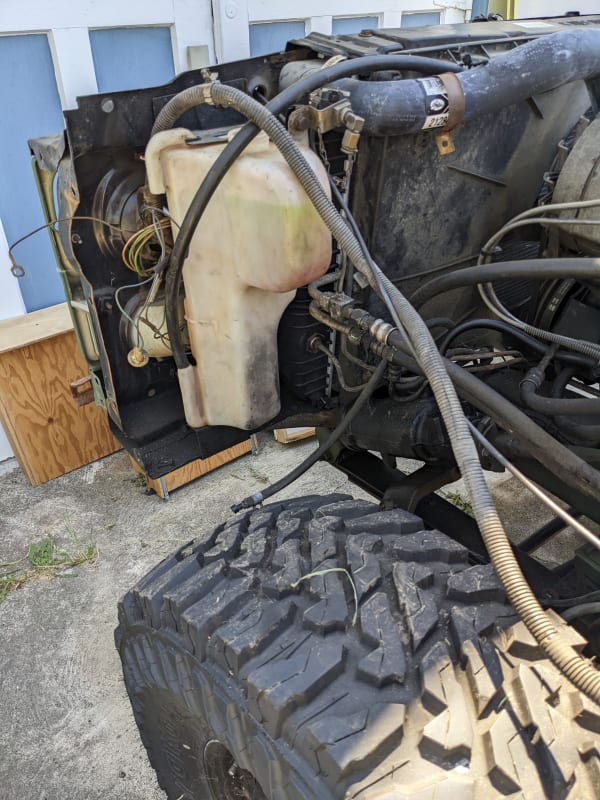Part of the weight increase is due to better crash structures, part of it is from people not wanting the car to sound and feel like a tin can when opening or closing the doors or when driving over bumps, part of it is from every vehicle generation having to be bigger than the last one so that the marketing people can advertise "more trunk space", "more legroom", etc ... "less trunk space" is not a good marketing plan. Hence, a Honda Fit nowadays is bigger than the second-generation Civic was, and the Civic today dwarfs Honda's original (1970s) "big car" Accord.
Couple vehicles ago, my 2006 VW Jetta, VW's compact car in that era, was very close to the same size as what it replaced, a 1996 Passat - VW's big car of its era.
The modern Fiat 500 that is my daily-driver today is roughly the same size as the first-generation Honda Civic that I learned to drive in, but it weighs almost 50% more. I'd sure take the odds of surviving a crash in the modern car versus the old one ... the crash structures are enormously stronger and it has much better safety equipment, 30 years of development will do that.
Powertrains? The engine sizes are almost the same, 1.4 in the Fiat, 1.5 in the Civic. The newer engine makes more power, although given the weight difference in the vehicle, acceleration is probably about the same. Fuel consumption is also about the same. The Fiat weighs more but the aerodynamics are better. The factor that is orders of magnitude different, are the CO, HC, and NOx emissions.
Durability? The Honda started burning oil after about 120,000 km, and it went to the junkyard with 12 years and about 180,000 km on it, completely rusted out and with nothing good left on it whatsoever. I put on more annual mileage now; the Fiat still runs practically like new with almost 230,000 km on it and the paint and interior are in great shape as well.


![[shadessad] [shadessad] [shadessad]](/data/assets/smilies/shadessad.gif)